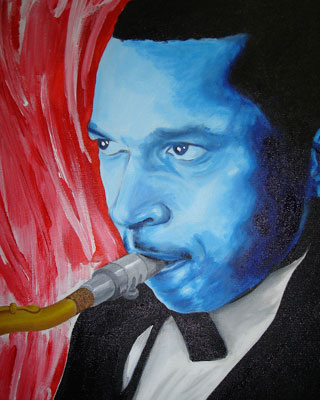SEED Magazine has a great article regarding creativity—it’s an investigation into the way artists are able to utilize their creative talents on command. They probe this mystery through the use of an fMRI machine to identify which parts of the brain are utilized, and when, during an improvised jazz solo. The goal was to untangle the disparate elements of inspiration:
William James described the creative process as a “seething cauldron of ideas, where everything is fizzling and bobbing about in a state of bewildering activity.”
The findings are interesting: before the solo even begins, a pianist was found to have “deactivated” their dorsolateral prefrontal cortex (DLPFC), which is the portion of the brain associated with planning and self-control: “In other words, they were inhibiting their inhibitions, which allowed the musicians to create without worrying about what they were creating.”
The article drives on from there, delving into other aspects of the improvisatory experience. Spikes in medial prefrontal cortex activity, for example, which is an area associated with self-expression (“it lights up, for instance, whenever people tell a story in which they’re the main character”), and premotor cortex activity which is linked to the physical execution of notes. But it’s the first point I find the most interesting: It is a musician’s lack of activity in a particular area—conscious thought—that drives a successful solo before a single note is played.
Creativity, then, may not be a result of the presence of talent, but rather the lack of inhibition. One’s supreme willingness to simply try may be the best kept secret to artistic success.




 Posted by Mark
Posted by Mark 

